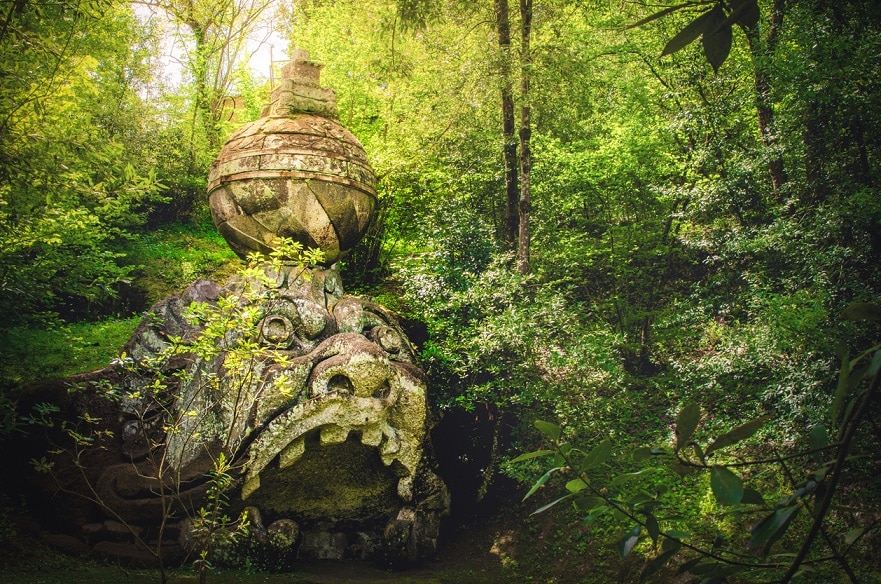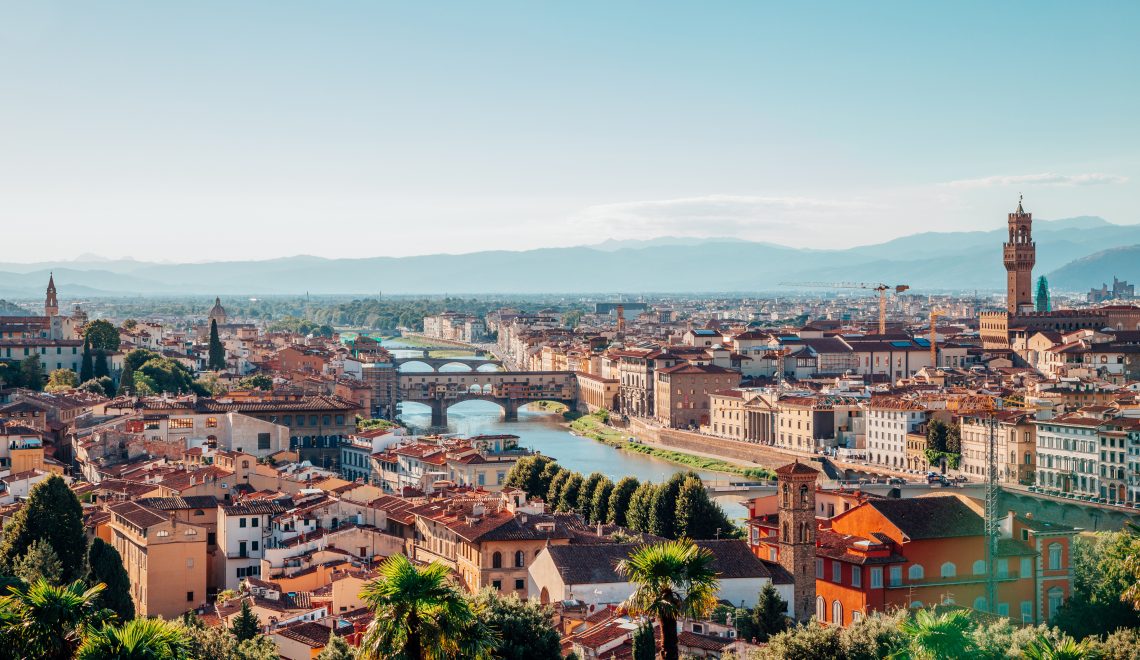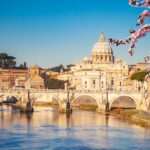
Discovering the hidden wonders in the Province of Rome, among enchanted villages, food, and wine – an excursion in historical and archaeological splendor.
Rome is Italy’s most visited city and attracts about ten million tourists each year. The Eternal City hosts a significant number of visitors from foreign countries; however, it is also a major domestic tourist destination, and it is also enlivened by business travelers.
The wonders of Rome are so numerous that a lifetime wouldn’t suffice to explore them properly, yet outside its walls are hidden some equally striking places, which often-puriously-remain overshadowed by the fame of the Urbe. Italo takes you on a tour of three perfect destinations to visit in one day during a stay in Rome, ideal for discovering unique and rare sights that few tourists can claim to have seen.
Tivoli
Located 30 km from Rome, Tivoli is a town that sits in the Aniene Valley, ideal for spending a day (or a weekend) of archaeology, beauty and relaxation.
Tivoli is best known for its splendid villas. Hadrian’s Villa is a veritable city within a city, built at the behest of Hadrian in the second century AD. The emperor wished to carve out a corner of paradise away from the Senate and the intrigues of power, and he realized his dream by encapsulating gardens, palaces, theaters, baths, and gymnasiums in 120 hectares. Declared a UNESCO World Heritage Site,
Tivoli is an unmissable destination for all enthusiasts of Roman history. The second famous Tivoli villa is Villa d’Este; it was built by architect Pirro Ligorio in the 16th century at the behest of Cardinal Ippolito d’Este, son of Lucrezia Borgia. Villa d’Este exemplifies the triumph of the Italian garden, in which the waters from the Aniene are piped into hundreds of scenic fountains, including The Organ Fountain, which can produce melodies by modulating the water pressure within its pipes. Finally, we find Villa Gregoriana, built by Pope Gregory XVI during the first half of the 19th century. Unlike the other two villas, this garden has a wilder character, less tamed by human hands. Amid ancient Roman ruins, streams, and caves, we follow the trail through the heart of this dense forest until we reach the Tivoli Waterfalls.
After a day of time travel, you also have the opportunity to relax and enjoy the spa therapies at the famous Terme di Tivoli.

Nemi
The Castelli Romani are the set of fourteen historic municipalities situated in the Alban Hills, just a few kilometers from Rome: rich in history and nature, they provide an excellent escape from the city dimension. Here lies the charming village of Nemi, where you can enjoy typical wild strawberries with cream while enjoying a breathtaking view of the lake of the same name and strolling through flower-laden alleys. On the seabed of the volcanic lake of Nemi, formerly known as Speculum Dianae – Dianas’ Mirror – the remains of Emperor Caligula’s palace-ships lay until 1932. Benito Mussolini commissioned a mammoth operation to reclaim it, for which almost the entire lake (later refilled) had to be drained by powerful water pumps. Unfortunately, the two hulls were destroyed by fire in 1944. On the shores of Lake Nemi still stand the remains of the ancient Temple of Diana Nemorensis.
Absolutely recommended is a visit to the Museum of Roman Ships to better understand the magical context of this place, and for the more daring, we highlight the possibility of walking the entire length, accompanied by expert guides, of the Nemi Emissary, a monumental tunnel from the 4th century B.C. that is no less than 1,600 meters long and dug entirely by hand in rock.
Delicious porchetta and romanella enjoyed in the fraschette in nearby Ariccia and Frascati will ensure a fitting end to your out of town trip.

The Sacred Forest of Bomarzo
More commonly known as Parco dei Mostri (Monster Park), this enchanted place is sure to surprise young and old alike. Located in the province of Viterbo, it is actually reachable in just one hour from Rome.
Designed in 1552 by Prince Vicino Orsini and Pirro Ligorio, the same architect who worked on the Villa d’Este, it marks a real departure from the 16th-century Italian-style garden.
Not surprisingly, the entrance is greeted by a sphinx bearing the following inscription on its base: “You who enter here, consider everything you see, and then tell me if so many wonders are made for deception or for art”.
Perspective is disrupted in a play of shadows, light, and ambiguity-nothing is what it seems. Walking among the monstrous statues, made by carving large blocks of peperino stone, you are intensely confronted by esoteric symbols and mythology. You encounter orcs, battling giants, legendary animals and hanging houses that defy gravity. All are immersed within a manicured garden with a fairy-tale atmosphere.
After the death of Prince Orsini, the Sacred Forest fell into a state of neglect until it was forgotten by the community and hidden by the accumulation of debris and the ravages of the weather: 400 years were to pass before it was reclaimed and restored by the Bettini family. In 1938, the surrealist painter Salvador Dalí visited the Monster Park, and it was here that he was inspired to create one of his most famous works, The Temptations of St.Anthony.

Discovering Lazio with ItaloTreno
We have chosen to tell you about three places to visit near Rome, but the list of special places found in Lazio is really very long. Italo takes you to the heart of Italy with departures from Bologna, Florence, Naples, Bolzano, Desenzano, Trento, Peschiera del Garda, Salerno and Venice. We also offer 32 daily connections that enable you to reach Rome from Milan in less than three hours. Learn all the details of our train services to Rome and get on board for your next adventure.







